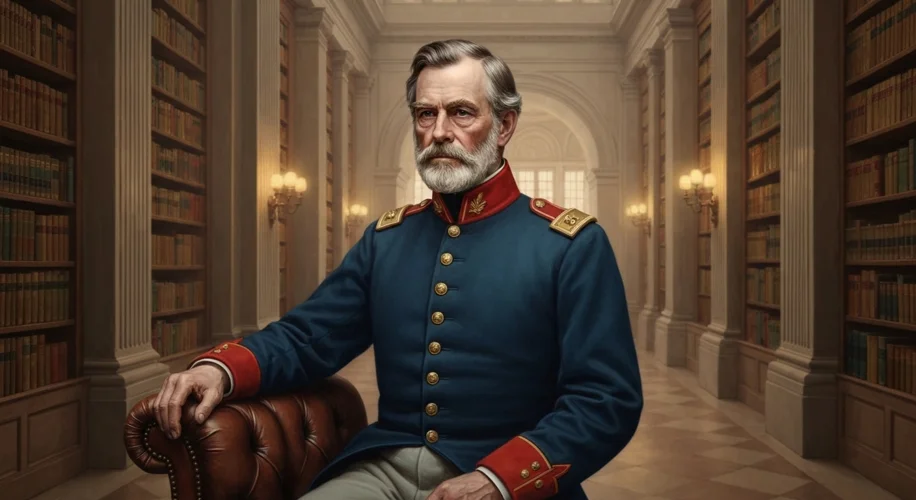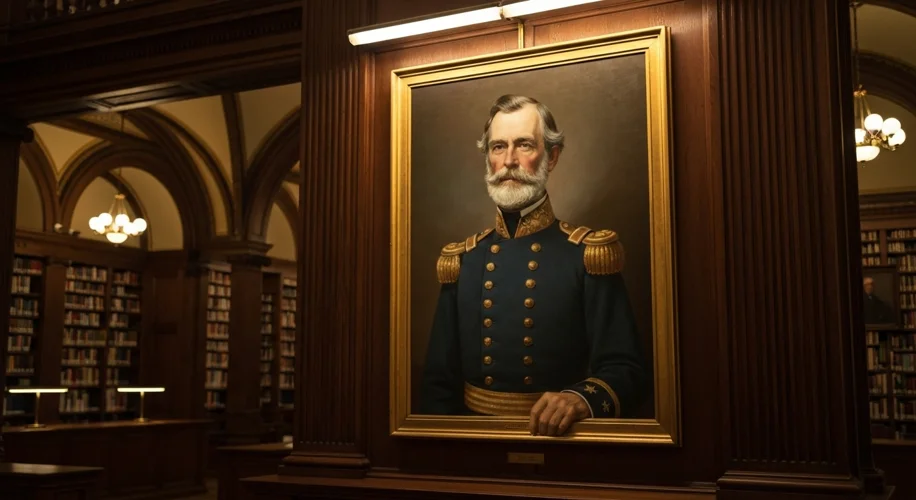The United States Military Academy at West Point, a venerable institution steeped in history and tradition, recently found itself at the center of a renewed debate regarding its past, specifically concerning the legacy of Robert E. Lee. The return of Lee’s portrait to the library, after a period of removal, has reignited discussions about how the Academy grapples with the complex and often uncomfortable aspects of American history.
Robert E. Lee, a figure whose name is inextricably linked with the Confederacy and the Civil War, served as the Superintendent of West Point from 1852 to 1855. His tenure predated his infamous decision to lead the Confederate Army, and during his time at the helm, he was known for his administrative skills and his efforts to reform the curriculum and improve the Academy’s infrastructure. His portrait, a symbol of this earlier period, became a focal point for those who see it as a nod to a critical period in American military history, and for those who view it as an endorsement of a man who fought against the United States.

The decision to remove the portrait in 2020, alongside other Confederate symbols, was part of a broader national reckoning with racial injustice and the symbols of the Confederacy. For many, these symbols represent a painful history of slavery and oppression, and their presence in public institutions like West Point was seen as incongruous with the values of equality and unity. The removal was a symbolic gesture, aiming to acknowledge the harm caused by the Confederacy and to create a more inclusive environment.
However, the subsequent decision to reinstate the portrait has once again brought the complexities of historical memory to the fore. Supporters of the return argue that Lee’s connection to West Point, particularly his service as Superintendent before the Civil War, warrants his recognition within the institution’s historical narrative. They might point to his pre-war contributions and his role as a significant figure in the development of the Academy. This perspective often emphasizes a nuanced understanding of historical figures, acknowledging their contributions while still recognizing their later actions.
Conversely, critics contend that Lee’s leadership of the Confederate Army, a rebellion against the United States, overshadows any positive contributions he made to West Point. They argue that his image, prominently displayed, could be seen as glorifying a figure who fought to preserve slavery. This viewpoint stresses the importance of symbolism and the message that institutions send through the figures they choose to honor. For them, the presence of Lee’s portrait, regardless of the historical context of its display, remains a symbol of a divisive and morally reprehensible cause.
The debate surrounding Lee’s portrait at West Point is not merely about a piece of art. It is a microcosm of a larger national conversation about how Americans should remember their history, particularly the Civil War and its antecedents. It forces institutions to confront difficult questions: How do we balance historical accuracy with contemporary values? What does it mean to honor figures who held deeply problematic views or committed actions that caused immense suffering? Where is the line between historical context and endorsement?
West Point, as a training ground for future military leaders, has a particular responsibility to navigate these issues with care and thoughtful consideration. The Academy has a rich and storied past, but it is also a part of a nation still grappling with the legacies of slavery and racial inequality. The presence of Robert E. Lee’s portrait in its library is a potent reminder of this ongoing struggle, a silent testament to the enduring power of history and the continuous effort required to understand and reckon with it. The debate serves as a critical, albeit often uncomfortable, opportunity for education and reflection, pushing the institution and the nation to consider what stories they choose to tell and whose legacies they ultimately choose to preserve.

